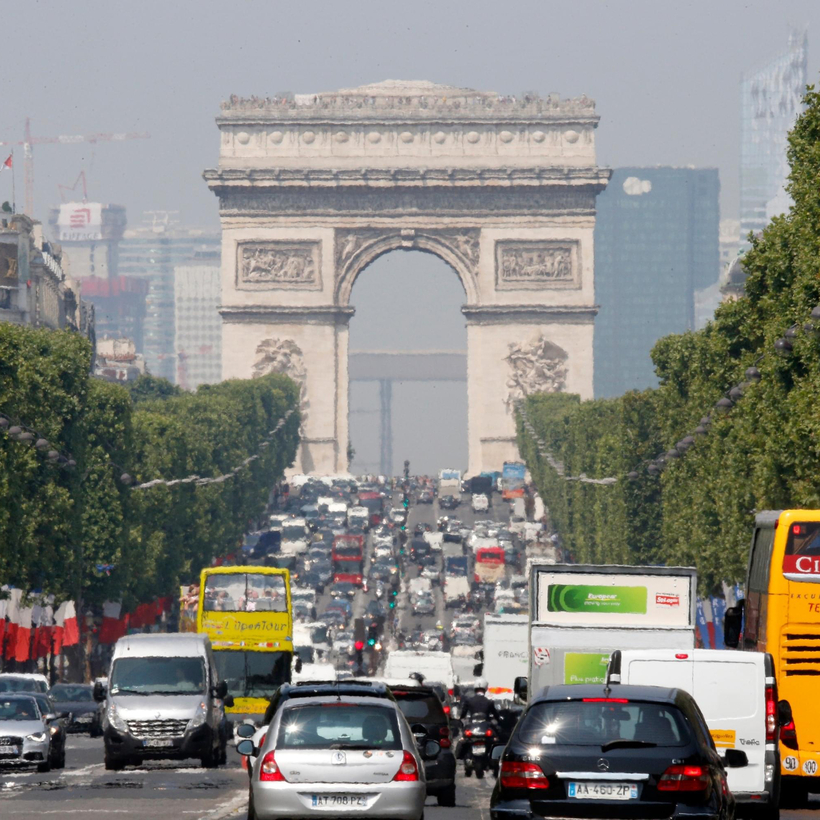Motor vehicles that do not fall under a list of exemptions will be banned from parts of central Paris from this week in the latest move by the Socialist-led council to squeeze traffic out of the French capital.
Anne Hidalgo, the mayor, has signed a long-promised measure imposing a limited traffic zone in the traffic-clogged Right Bank. The 5 sq km area, covering the first four arrondissements, is home to 100,000 people and includes the Louvre, Tuileries gardens, Rue de Rivoli and most of the Avenue de l’Opéra.
The scheme, which follows the long-standing examples of Rome, Madrid and other European cities, bans motor vehicles except taxis and buses from using the zone. However, it also allows broad access for the vehicles of residents, businesses and people traveling for work, shopping, deliveries, dining, drinking or visiting museums and cinemas.

Despite the many exceptions, the city says traffic on the big roads, such as the Avenue de l’Opera, will drop by 30 per cent and noise and pollution will fall.
Complying with the new rules could prove difficult, and officials admit enforcement will be tricky. For up to six months, wardens will issue warnings rather than fines, but it is not yet clear how drivers will be able to prove they have an activity in the zone when they enter for shopping or entertainment. Prior online registration may be imposed.
After consultations with residents and businesses and negotiations with the city police, who are under state authority, the limited traffic zone first promised by Hidalgo in 2021 was shrunk. It initially covered a section of the Left Bank, the roads along the Seine embankments and the Ile de la Cité and Saint Louis, the home of historic buildings including the Notre Dame cathedral.
The scheme, which follows the long-standing examples of Rome, Madrid and other European cities, bans motor vehicles except taxis and buses from using the zone.
Since her election in 2014, Hidalgo has expanded efforts by her predecessor, Bertrand Delanoë, from 2002 to push cars out of Europe’s most densely populated capital. Parking has been squeezed — most recently with extra fees for SUVs — and streets have been narrowed with the creation of new cycle lanes and pavements.
The measures are largely popular with Parisians but they have created tension, with frustrated and aggressive drivers at war with cyclists and e-scooter riders. A driver was charged with murder last month after police concluded that he had deliberately used his SUV to run over a 27-year-old cyclist in a cycle lane in central Paris after an altercation.

Motoring organizations have fought to slow the council’s anti-car campaign, arguing that it penalizes businesses and workers from the surrounding and more populated greater Paris area. These residents and drivers are especially angry about the imposition of a 50 km/h (31mph) speed limit on the périphérique, the 21-mile motorway that encircles the city of Paris.
Paris, however, has no intention for the moment of following the examples of London and other cities with tolls for driving on its streets.
Charles Bremner is the Paris correspondent at The Times of London

